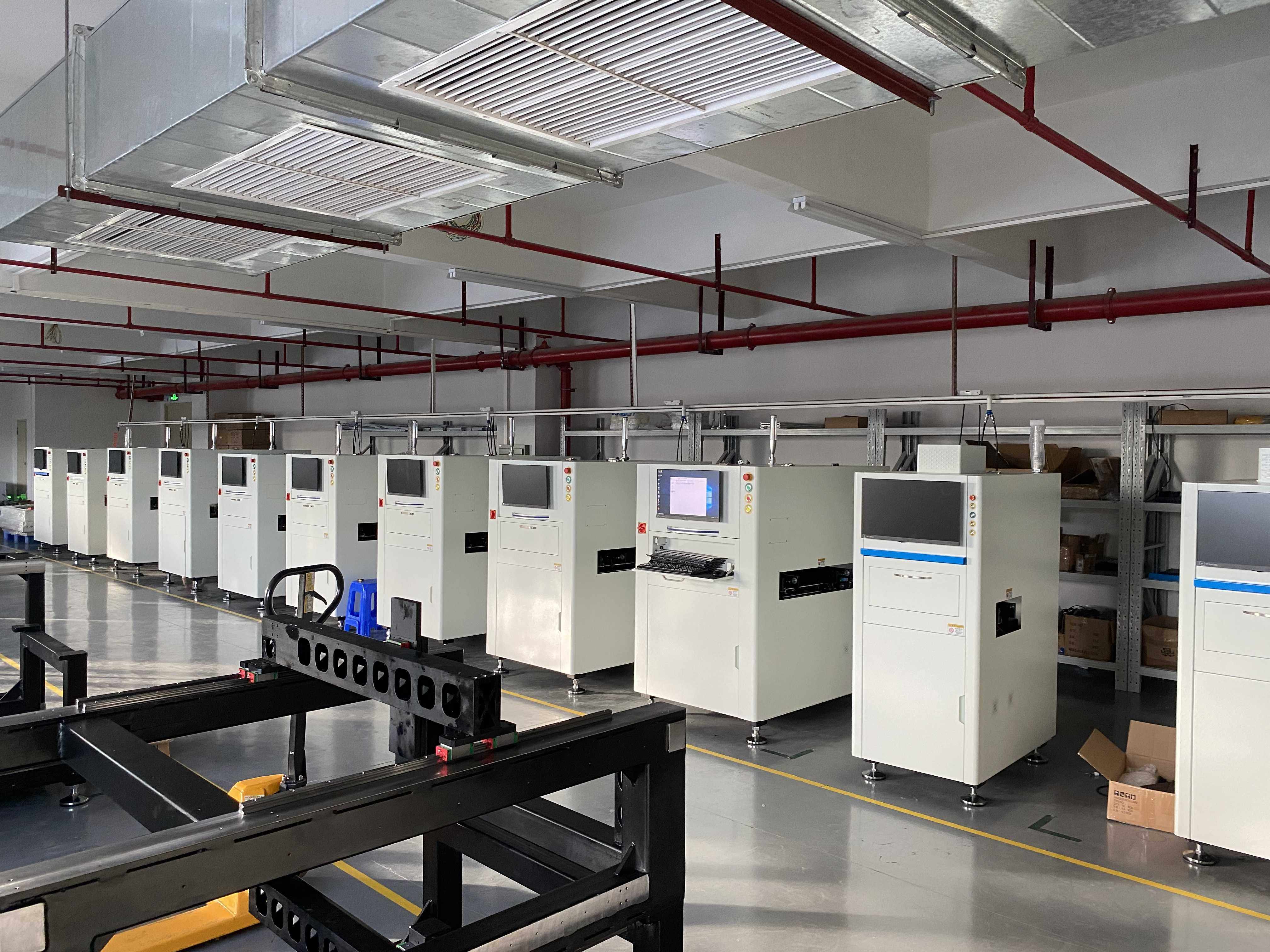이메일 형식 오류
emailCannotEmpty
emailDoesExist
pwdLetterLimtTip
inconsistentPwd
pwdLetterLimtTip
inconsistentPwd


What is the difference between AOI and SPI in SMT Assembly?
Hey there, I’d like to share some insights on a topic that often comes up in our line of work: the difference between AOI (Automated Optical Inspection) and SPI (Solder Paste Inspection) in SMT Assembly. Now, I remember when I first started out, these acronyms were just a blur of letters to me, but as I delved deeper, I realized how crucial they are to our industry.
What's the Big Deal About AOI and SPI?
AOI: The Quality Guardian
AOI is like the hawk-eyed watchman of the SMT assembly line. It uses high-resolution cameras and image processing software to scan the components on the circuit board. Think of it as a quality control superhero that can spot issues like component misplacement, solder joint quality, and other defects that might slip past the human eye. I recall a project where we integrated AOI into our process, and it was like night and day – our defect rates dropped significantly.
SPI: The Paste Prosecutor
On the other hand, SPI is the gatekeeper for solder paste quality. Before components are placed on the PCB, a thin layer of solder paste is applied, and SPI ensures this layer is perfect. It checks for inconsistencies in the paste, like uneven thickness or missing areas, which can lead to poor solder joints. I’ve seen firsthand how a small blob of misplaced paste can turn a batch of perfect boards into a mess.
How Do They Differ?
Inspection Focus
The key difference lies in what they inspect. AOI is all about the assembly quality and solder connection quality of electronic products, while SPI is solely focused on the quality of the solder paste printing. It’s like having two specialized doctors – one for overall health and the other for dental checkups.
Timing in the Process
AOI and SPI also differ in when they step in during the production process. SPI inspection is usually performed first, followed by AOI inspection to ensure product quality. It’s a bit like baking a cake – you check the ingredients (SPI) before you put it in the oven, and then you check the bake (AOI) to make sure it’s cooked perfectly.
Why Both Are Essential
Complementary Roles
You might wonder, why not just use one or the other? Well, it’s because they play complementary roles in ensuring the quality of your final product. AOI might miss a paste issue that SPI would catch, and vice versa. It’s like having a two-pronged quality control approach that leaves no stone unturned.
Efficiency and Accuracy
Both AOI and SPI contribute to efficiency and accuracy on the production line. They help in identifying and rectifying issues early on, which can save a lot of time and money in the long run. I remember a time when we had to manually check each board – it was a tedious and error-prone process. Now, with these technologies, we can focus on more creative and strategic tasks.
The Role of HCT in the Mix
Now, let’s talk about HCT for a moment. At HCT, we understand the importance of having the right tools for the job. We’re not just about selling machines; we’re about providing solutions that fit your needs. Whether you’re looking to improve your AOI process or need a reliable SPI system, we’re here to help you navigate the complexities of SMT assembly.
We’ve been in the industry long enough to know that every production line is unique, and that’s why we offer customized solutions. We’ve helped clients overcome challenges by tailoring our offerings to their specific pain points, whether it’s improving efficiency, ensuring quality, or reducing costs.
Wrapping Up
In conclusion, AOI and SPI are two critical technologies in the SMT assembly process. They might seem like just another set of tools, but they’re the difference between a smooth production run and a costly mess. At HCT, we’re here to help you make the most of these technologies, ensuring that your production line runs like a well-oiled machine.
If you’ve got any questions or need advice on how to integrate AOI or SPI into your process, don’t hesitate to contact us. We’re here to help, and who knows, maybe your next project could be the one where these technologies really shine.

